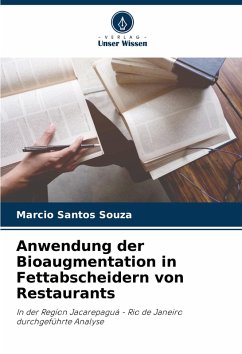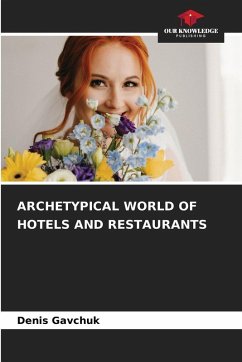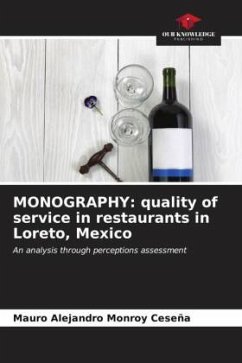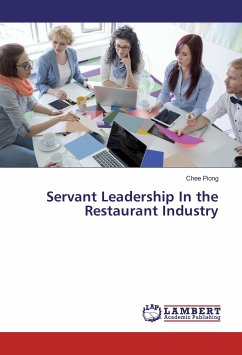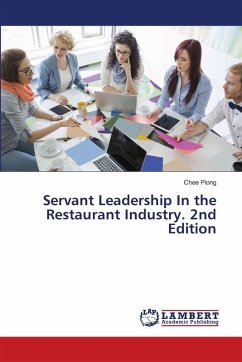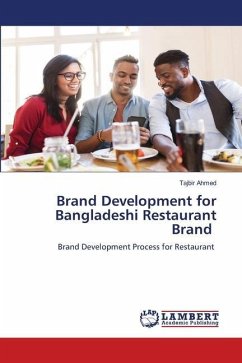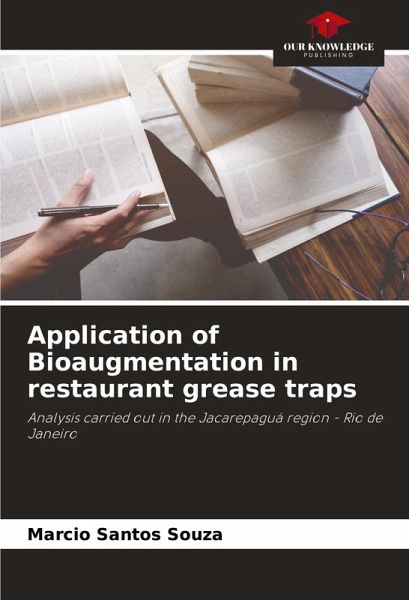
Application of Bioaugmentation in restaurant grease traps
Analysis carried out in the Jacarepaguá region - Rio de Janeiro
Versandkostenfrei!
Versandfertig in 6-10 Tagen
33,99 €
inkl. MwSt.

PAYBACK Punkte
17 °P sammeln!
The habit of eating away from home has been increasingly incorporated into Brazilians' daily lives, boosting the annual growth of the restaurant segment by around 10 per cent and according to IBGE data, Brazilians spend around 25 per cent of their income on eating away from home. One of the main inputs used by this segment is water, which, after being processed, returns to the environment saturated with organic matter, fats, oils and grease. By neglecting this process, restaurant managers may be sending raw fat directly to the sewage system, which can impact on the efficiency of sewage treatme...
The habit of eating away from home has been increasingly incorporated into Brazilians' daily lives, boosting the annual growth of the restaurant segment by around 10 per cent and according to IBGE data, Brazilians spend around 25 per cent of their income on eating away from home. One of the main inputs used by this segment is water, which, after being processed, returns to the environment saturated with organic matter, fats, oils and grease. By neglecting this process, restaurant managers may be sending raw fat directly to the sewage system, which can impact on the efficiency of sewage treatment plants, as well as causing problems such as blockages, overflows and odours. By using biotechnology, this problem can be avoided quickly and sustainably, meeting the requirements of the Tripple Bottom Line (people, profit, planet).




